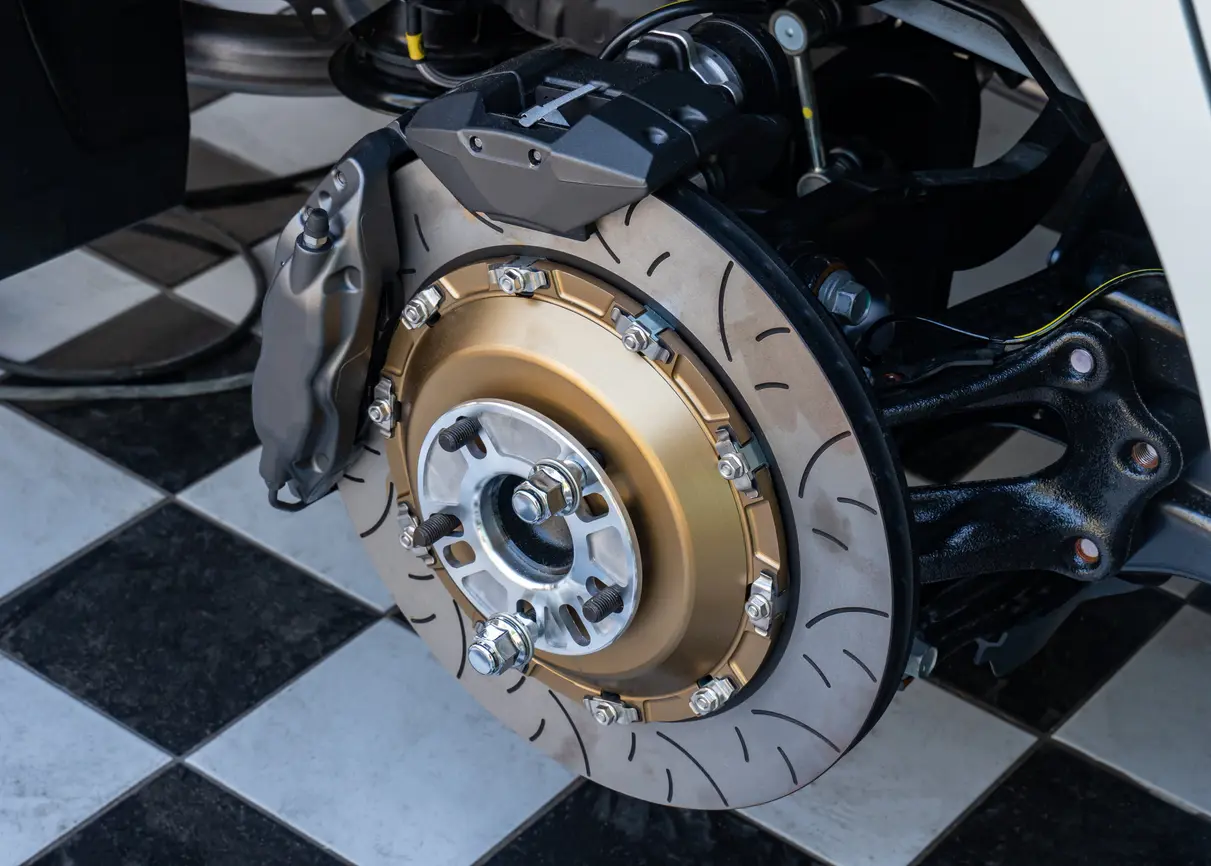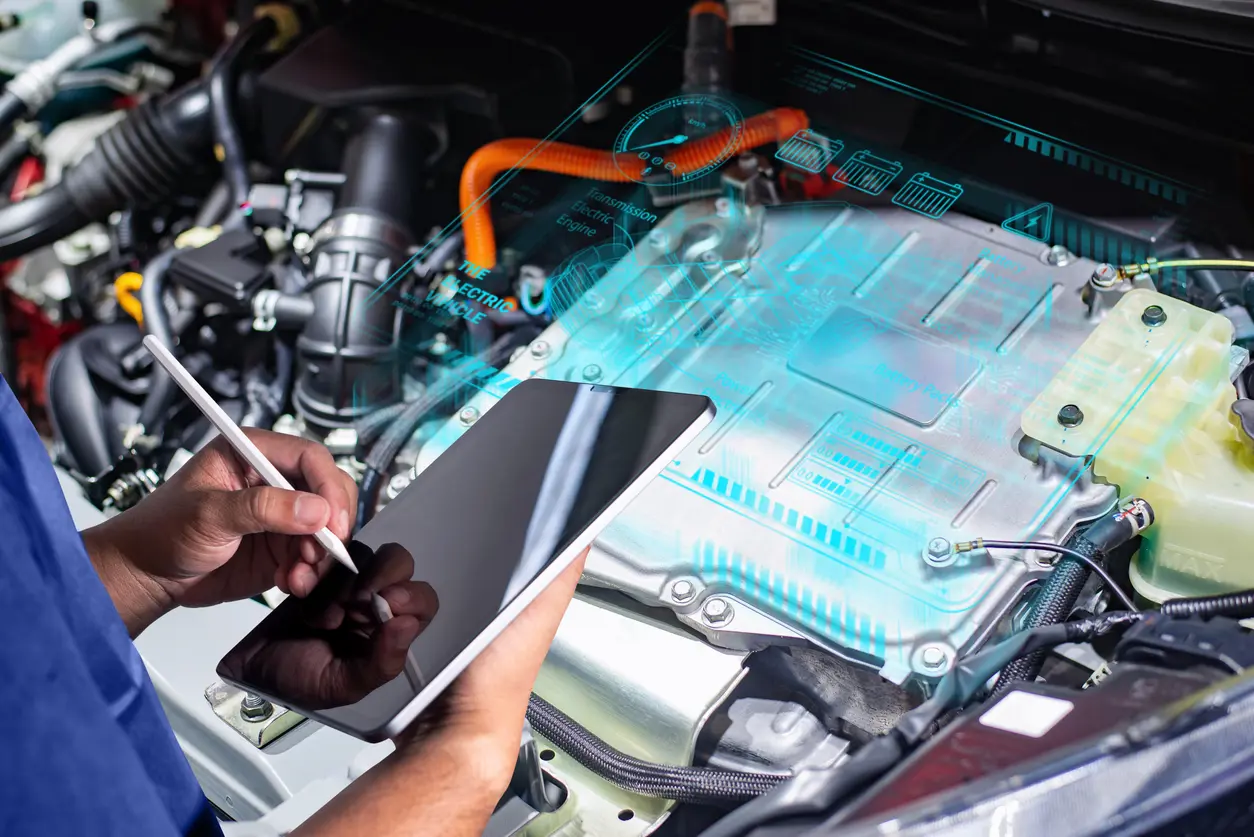History of Regenerative Braking
In the 1930s, railways saw the first practical use of regenerative braking. On downhill stretches, regenerative braking fed electricity back into a train’s power system, using the momentum like a mini generator.
This engineering was first configured for vehicles in 1967 by the American Motors Corporation (AMC, which also designed the Jeep, but was bought out by Chrysler in 1987). The initial system was part of a concept car. Three decades later, Toyota brought regenerative braking to the masses with the Prius in 1997. Today, almost all electric and plug-in hybrid vehicles have regenerative braking, as well as many conventional hybrids.
In 2009, Formula 1 debuted their own regenerative braking system for race cars, known as the kinetic energy recovery system (KERS). In 2014, Formula E held its first season as a racing championship with only electric race cars.
How does Regenerative Braking Work?
Traditional hydraulic braking systems waste energy. Rather than turning kinetic energy from a moving vehicle into more motion, they turn it into heat. Regenerative braking, however, captures kinetic energy and transfers it into the car’s batteries, making it more energy efficient. Although EVs still have regular braking systems, most of their braking power comes from regenerative braking.
When you step on the brakes in an EV, the motor controller applies force against the motor as a reversed current, opening the charging circuit. As the motor spins backwards, its function switches from motor to generator. Rather than the motor consuming electric current to turn in one direction, the electric generator turns.
This process produces electricity that is sent back to the battery via circuitry that monitors and controls the flow of the current. The car’s momentum keeps it moving, while computer algorithms monitor the amount of brake being applied and the decreasing speed until the vehicle comes to a stop.
Some people believe that regenerative braking may speed up tire wear. While there is no solid evidence for this, it's always wise to rotate tires regularly (as per your owner’s manual) or whenever tire wear becomes uneven between the front and rear. Visit a NexDrive service center to get your tires rotated.
Crash course
So, why do electric and hybrid vehicles still have normal brakes?
Regenerative brakes are highly efficient when a vehicle is in motion, but they struggle with emergency braking or bringing a vehicle to its final stop and holding it there. This makes the mechanical friction brakes necessary for sudden stops. Since they don’t do as much work, regenerative brakes don’t wear out brake pads and other components as fast as the brakes in a gasoline-powered vehicle.
Brake maintenance
Regenerative brakes don’t require much maintenance, but mechanical friction brakes still need to be assessed on a regular basis.
For example, your brake calipers will need to be cleaned and lubricated once a year if you live in an area that uses road salt. Brake fluid also needs to be checked and tested every two years. Refer to your owner’s manual for guidance on what brake maintenance tasks your vehicle needs and how often.
For more information on regenerative braking systems or to book a service for your brakes, chat with a knowledgeable expert at a NexDrive service center.
Other Resources

Why do electric car tires wear out so fast?
EV tires experience increased tread wear because of instant torque and unsprung weight. Learn why electric vehicles lead to worn-out tires and how to extend the lifespan of EV tires with proper maintenance.

Why regenerative braking is bad for your brake pads
Regenerative braking improves energy efficiency, but can cause brake pad issues because of reduced mechanical brake use. Learn how to maintain your brake system and prevent costly repairs in this article.

Does an EV need regular general maintenance?
Although EVs require less maintenance than gas-powered vehicles, they still need regular care. Learn about battery health, brake maintenance, and more here.
